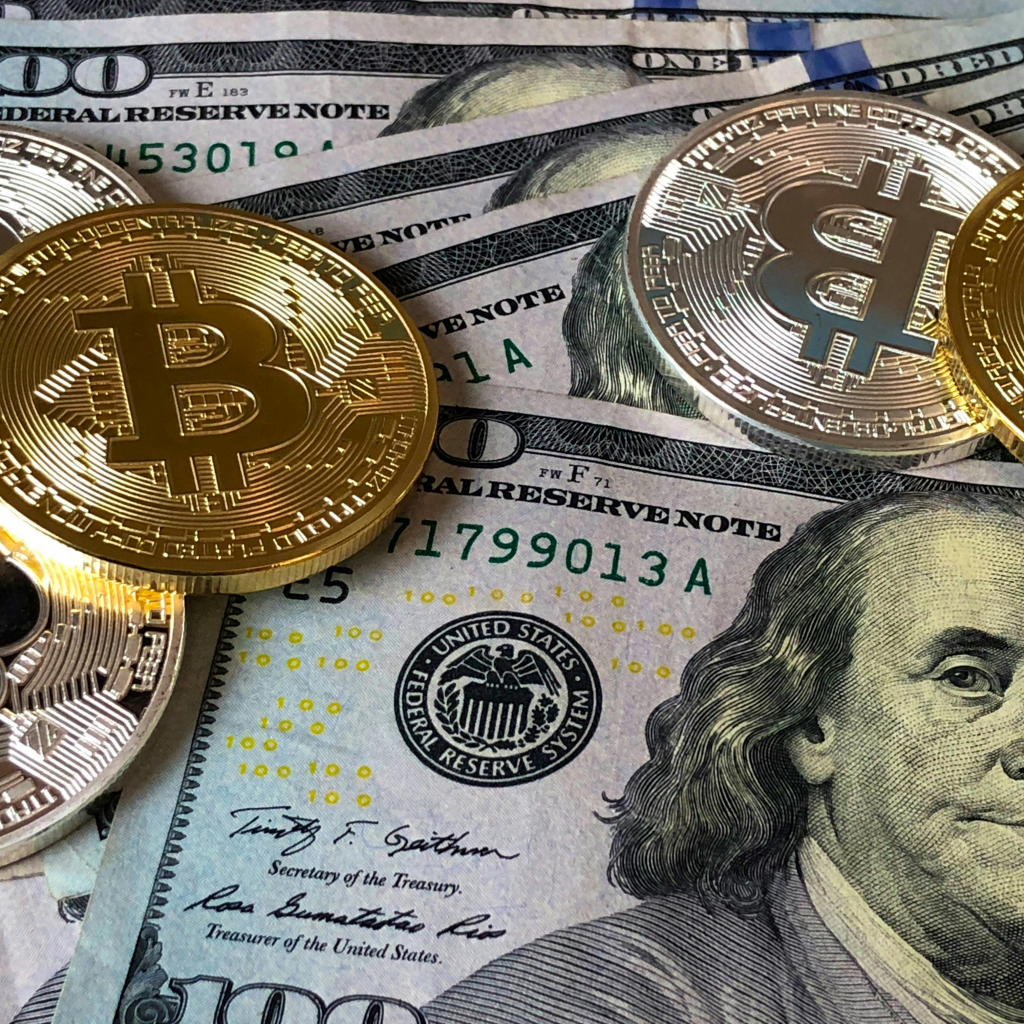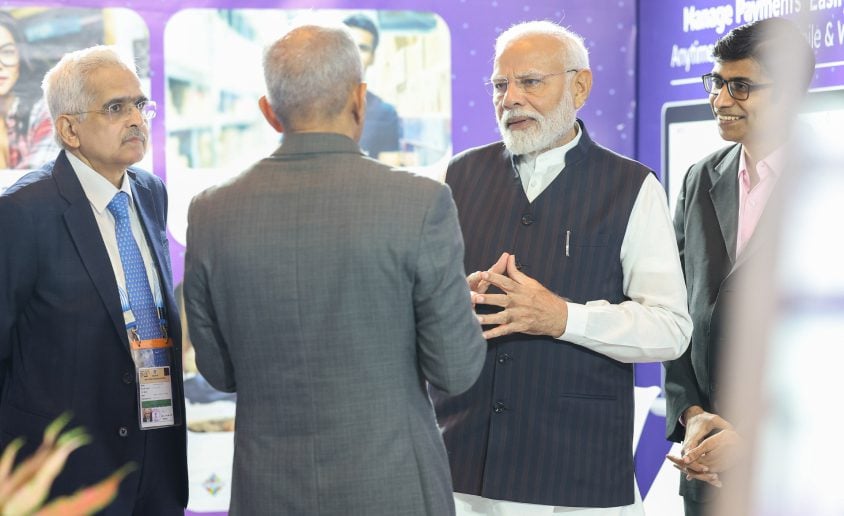Businesses today operate in a global marketplace. We see this in the numbers: in 2022, consumer payments across borders were $2.8 trillion, and business-to-business transactions went over $150 trillion. For businesses that want to grow, knowing about cross-border payments isn’t just helpful; it’s essential.

International payments can seem complicated at first. But there are ways to make them simpler. This blog will give you a clear look at different types of cross-border payments. It will show you what they are used for. And it will help businesses choose the best ways to pay and get paid when working with people in other countries. Let’s make global payments easier to understand for your business.
What Are Cross-Border Payments?
A cross-border payment is when you send money from one country to someone in another country. It’s about moving money across international lines. These payments help the global economy work. Cross-border payments are key for global business, travel, and when people send money to family overseas. They are a basic part of how money flows around the world.
These payments have many uses. A big company might use them to pay a factory in another country. People might use them to buy things online from stores in other countries. Students might use them to pay for schools in other countries. This shows how common and important cross-border payments are today.
Different Ways to Pay Across Borders: Choosing What Works Best
When you do business internationally, you have choices for payments. Each choice, or payment method, has different things to offer, like how fast it is, how much it costs, and how safe it is. Businesses should think about these things to find the best way to handle payments across borders. Here are some common methods:
- Wire Transfers: Safe Bank-to-Bank for Big Amounts. Wire transfers are when banks send money to each other electronically, even to banks in other countries. Businesses often use them for large international payments because they are secure. They are good for sending big amounts of money and can use different currencies. Wire transfers are reliable, but they can be slower and may cost more, especially for smaller businesses. But for large international payments, they are still a strong and safe option.
Example Use: A company in Germany needs to pay a supplier in China for materials. They can use a wire transfer for this large, secure payment. - Credit Card Transactions: Easy for Customers Everywhere. Credit cards are accepted all over the world and are easy for customers to use for international payments. Businesses can take credit card payments from customers in any country, for online or in-person sales. Credit cards are easy for customers to use, but businesses do pay fees, and there can be extra charges for currency changes. Because so many people use them, credit cards are a must for businesses selling to international customers.
Example Use: An online store in the USA sells clothes to people in Japan and Europe. They accept credit cards to make it easy for international customers to buy. - Electronic Funds Transfers (EFTs): Quick Online Bank Payments. Electronic Funds Transfers (EFTs), also called electronic bank transfers, are a quicker way to send money than wire transfers. EFTs let you send money between bank accounts online, even in different countries. EFTs are often chosen because they are fast and easy for international payments. Businesses often use EFTs for regular international payments, like paying workers in other countries or paying the same suppliers regularly.
Example Use: A company in India has remote workers in different countries and uses EFTs to pay their salaries each month. - International Money Orders: Paper Money Transfers (Less Useful for Business Now). International Money Orders are a way to send paper money to other countries. You buy a money order at a bank or post office and send it to someone, who can then cash it in. Money orders are not as good for business today. They are slower, less secure, and harder to use than online methods.
Limited Business Use: For most businesses, international money orders are not the best choice. There are better, faster, and safer ways to send money internationally for business. - Online Payment Platforms: Simple Online Money Tools. Online payment platforms, like BRISKPE changed how we do cross-border payments. These platforms are easy to use online, have good exchange rates, and often cost less, especially for smaller payments. Online payment platforms are popular with individuals, small businesses, and freelancers for sending and getting paid internationally. They handle changing currencies, let you track payments, and have tools to manage your payments easily.
Example Use: A freelancer in Canada does work for clients in the USA and Europe. They use an online payment platform to get paid easily from their international clients. - Cryptocurrencies: New Digital Money (Think Carefully). Cryptocurrencies, like Bitcoin, are a newer way to pay across borders online. They are digital money that is not controlled by banks or governments. They can make payments faster and cut out banks. Sometimes, they can cost less too. But cryptocurrencies are also new and can be risky. Their value can change quickly. And rules about them are still being developed. Businesses need to be careful and learn more before using cryptocurrencies.
Consider the Risks: Some newer businesses might look at cryptocurrencies for international payments, especially in areas where banks are hard to use. But it’s important to know the risks and understand how they work first.
Why Cross-Border Payments Matter: Keeping the Global Economy Going
Cross-border payments are very important for the world economy. They make many things possible:
- Global Trade Happens Because of Them: Businesses need cross-border payments to buy and sell goods and services between countries. This is how we get products from all over the world.
- Travel and Tourism Depend on Them: When people travel to other countries, they use cross-border payments to pay for hotels, flights, food, and activities.
- Families Get Support Across Borders: People send money to family in other countries through cross-border payments, helping families and communities.
- International Investing Relies on Them: People invest in companies and property in other countries using cross-border payments.
- Charity Work Around the World Uses Them: Charities use cross-border payments to send help and donations to people in need in other countries.
Pros and Cons of Cross-Border Payments
Like any business tool, cross-border payments have good and bad sides:
What’s Good:
- Reach Customers Everywhere: You can sell to customers in any country.
- Grow Your Business: Selling internationally can bring in more money and help you grow.
- Spread Out Risks: You are not just relying on your own country’s economy.
- Save on Costs Sometimes: Some payment methods can be cheaper.
- Offer More Choices: You can give customers different ways to pay.
What’s Not So Good:
- Rules Can Be Complicated: International rules for payments can be hard to understand.
- Money Values Change: Exchange rates change, which can affect how much money you make or lose.
- Fees Can Add Up: Fees for international payments and changing currencies can cost extra.
- Risk of Fraud: International payments can be targets for scams and fraud.
- Can Be More Complex: It can be a bit more work to manage international payments than local ones.
Making Smart Choices for Global Payments
If your business is going global, understanding cross-border payments is key. Know the different types of payments, their uses, and the good and bad points. This will help you make smart choices for your business around the world.
Think about how much you’re paying, how fast it needs to arrive, what currencies you’re using, and how secure it needs to be. Then, pick the payment methods that work best for you. The global market is always changing, so keep learning about payment options to succeed in international business.
Simplify Your International Payments with BRISKPE

BRISKPE is a pioneering cross-border payments platform designed to meet the unique needs of Micro, Small, and Medium Enterprises (MSMEs). Established in 2023, BRISKPE offers a tech-driven solution that simplifies global transactions, making them cost-efficient, faster, and hassle-free.
Key Features:
- Competitive Pricing: Benefit from a nominal 1% charge on international transactions, inclusive of GST, effectively eliminating traditional fees and high forex charges.
- Rapid Fund Access: Receive payments directly into your Indian bank account within one business day, ensuring improved cash flow and operational efficiency.
- Global Reach: Manage multiple currencies with access to over 35 currencies, enabling seamless international trade.
- Regulatory Compliance: Operating under RBI’s OPGSP framework and holding a Money Service Business license in Canada, BRISKPE ensures adherence to international and domestic regulations.
Empower Your Business Today
Join the growing number of businesses transforming their international payment processes with BRISKPE. Experience reduced costs, faster transactions, and expanded global opportunities.
Start Your Journey with BRISKPE Now!






